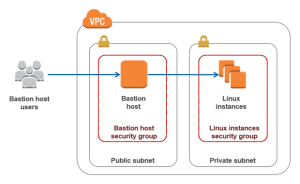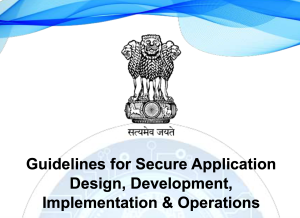
Straight-Through Processing (STP) is a method used in various industries, particularly in finance and banking, to automate the end-to-end processing of transactions without manual intervention. It involves the seamless flow of data electronically across multiple systems or entities, from the point of initiation to the final settlement or completion.
The main goal of STP is to improve efficiency, reduce errors, and enhance the speed of transaction processing. By eliminating manual steps and human intervention, STP minimizes the risk of errors, enhances data accuracy, and accelerates the overall transaction lifecycle. This results in numerous benefits, including:
- Increased Operational Efficiency: STP streamlines processes by automating data capture, validation, and processing, leading to faster and more efficient transaction handling. It reduces the need for manual data entry, paperwork, and rekeying, saving time and resources.
- Improved Data Accuracy: Automated data capture and validation minimize the risk of human error, ensuring accurate and consistent data across systems. This reduces the likelihood of data discrepancies, reconciliation issues, and operational inefficiencies.
- Faster Transaction Processing: STP enables real-time or near real-time processing of transactions, eliminating delays caused by manual intervention or paper-based processes. This results in faster settlement cycles and quicker access to funds or services.
- Enhanced Risk Management: Automation and integration of various systems improve risk management capabilities by enabling real-time monitoring, validation, and exception handling. STP systems can enforce compliance checks, validate transaction data, and identify potential errors or anomalies, reducing operational and regulatory risks.
- Cost Savings: By reducing manual effort, paper-based processes, and error correction, STP lowers operational costs and enhances resource utilization. It minimizes the need for manual labor, accelerates transaction cycles, and lowers overhead expenses associated with manual processing.
- Improved Customer Experience: Faster transaction processing, reduced errors, and enhanced data accuracy contribute to an improved customer experience. STP enables timely service delivery, quicker response times, and smoother interactions, leading to increased customer satisfaction and loyalty.
Overall, Straight-Through Processing (STP) offers significant benefits by automating transaction processing, eliminating manual steps, and improving operational efficiency and data accuracy. It is a valuable approach for organizations seeking to optimize their processes, enhance risk management, and deliver superior customer experiences.

Straight-through processing (STP) is an automated process that enables financial transactions to be processed end-to-end without manual intervention. This means that all of the steps involved in processing a transaction, from the initial entry of data to the final settlement, are completed automatically.
STP has a number of benefits, including:
- Speed: STP can significantly reduce the time it takes to process a transaction. This is because manual processes can be time-consuming and error-prone.
- Accuracy: STP can help to improve the accuracy of financial transactions. This is because manual processes are more likely to introduce errors.
- Cost savings: STP can help to reduce the cost of processing financial transactions. This is because manual processes are more expensive than automated processes.
- Compliance: STP can help to improve compliance with regulatory requirements. This is because automated processes are more likely to be accurate and complete.
STP is most commonly used in the financial services industry, but it can also be used in other industries, such as telecommunications and healthcare.

Here are some examples of how STP is used in the financial services industry:
- Securities trading: STP is used to automate the trading of securities, such as stocks and bonds. This includes the steps involved in entering orders, matching orders, and settling trades.
- Payment processing: STP is used to automate the processing of payments, such as credit card transactions and direct deposits. This includes the steps involved in verifying payments, authorizing payments, and settling payments.
- Funds transfer: STP is used to automate the transfer of funds between accounts, such as bank accounts and brokerage accounts. This includes the steps involved in initiating transfers, approving transfers, and completing transfers.

STP can be a valuable tool for businesses that want to improve the speed, accuracy, and cost-effectiveness of their financial transactions. If you are considering implementing STP, there are a few things you need to keep in mind:
- Your business needs: STP is not a one-size-fits-all solution. You need to make sure that STP is a good fit for your specific business needs.
- Your technology infrastructure: You need to have the right technology infrastructure in place to support STP. This includes having a reliable IT system and a secure network.
- Your staff: You need to have staff who are trained on how to use STP. This will help to ensure that STP is implemented and used effectively.





